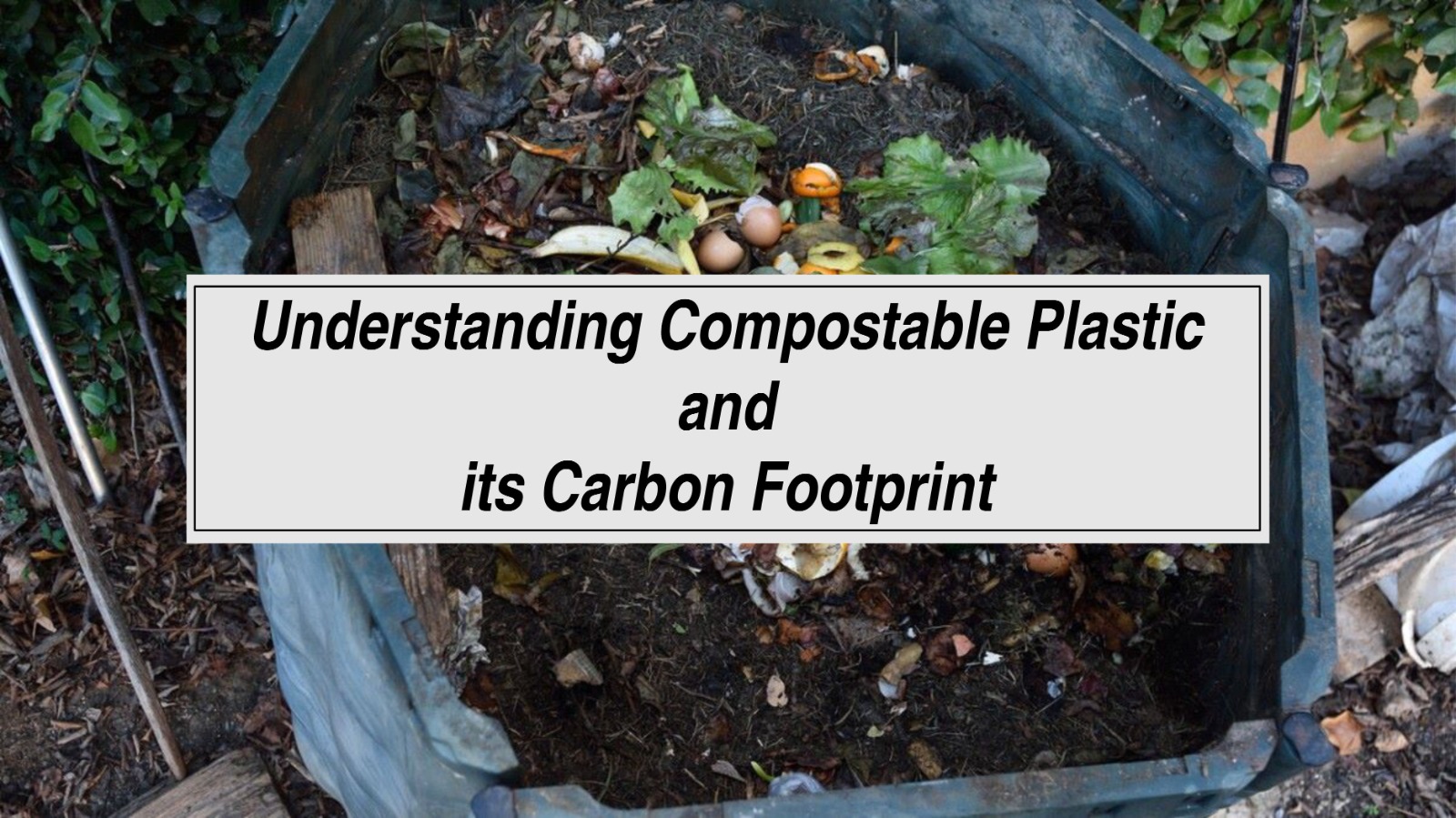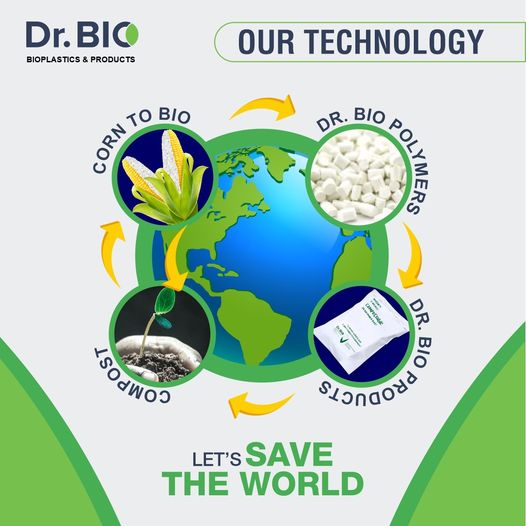What is the single use plastic ban in India?
Say Goodbye to Plastic Waste in Agriculture with Biodegradable Mulching Film India generates an enormous amount of plastic waste every year, much of which ends
Compostable plastic has become a popular alternative to traditional plastics due to its environmentally friendly nature. However, there is still confusion about its carbon footprint and whether it is truly sustainable. In this article, we will discuss compostable plastic and its carbon footprint, including its production process, benefits, and drawbacks.
Compostable plastics are a type of plastic that is designed to break down in the presence of oxygen, heat, and moisture. Unlike traditional plastics, which can take hundreds of years to decompose, compostable plastics can be broken down into natural elements in a matter of weeks or months.
Compostable plastics are made from a variety of materials, including corn starch, potato starch, and sugarcane. These materials are renewable resources that can be grown and harvested, making them more sustainable than traditional plastics, which are made from non-renewable resources like petroleum.
The production process for compostable plastics is similar to that of traditional plastics. The raw materials are first extracted, then refined and processed into pellets. These pellets are then melted and molded into various shapes and forms.
One of the benefits of compostable plastics is that they produce less greenhouse gas emissions during production than traditional plastics. This is because the production process for compostable plastics requires less energy and resources.

However, compostable plastics still have a carbon footprint. This is because they require resources like water and energy to produce, as well as transportation to get them to market. Additionally, compostable plastics require specific conditions to break down properly, such as high temperatures and moisture levels, which can be difficult to achieve in certain environments.
Compostable plastics also have some drawbacks. For example, they cannot be recycled with traditional plastics and can contaminate recycling streams if not disposed of properly. Additionally, compostable plastics require special facilities to be composted properly, which are not widely available.
Despite these challenges, compostable plastics can still play a role in reducing plastic waste and its impact on the environment. By choosing compostable plastics over traditional plastics, individuals and businesses can help reduce the amount of plastic waste in landfills and oceans.

Compostable plastic has several advantages over traditional plastic. It’s made from renewable resources and can break down into natural components. It also reduces the amount of plastic waste in landfills, as it can be composted. Compostable plastic can also be used for food packaging, reducing the need for single-use plastic.
Compostable plastic has several disadvantages as well. It requires specific conditions to break down, and if it’s not composted correctly, it can release methane. Composting facilities may not be readily available, and home composting systems may not be able to break down compostable plastic. Additionally, the production of compost
Say Goodbye to Plastic Waste in Agriculture with Biodegradable Mulching Film India generates an enormous amount of plastic waste every year, much of which ends

Laundry Bags Case Study This case study focuses on a dry cleaner who previously used approximately 1 million plastic bags per month for packaging clothes.

What are the best trends in packaging? Trends in Packaging There are several packaging trends that are currently gaining momentum in the industry, driven by